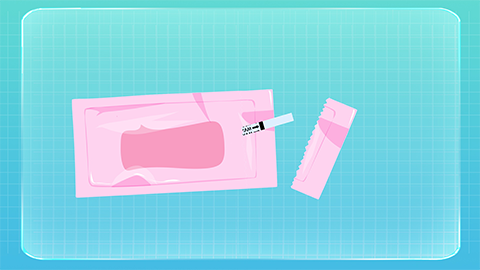How to read ovulation test strips to determine ovulation
Generally, ovulation test strips determine ovulation by detecting the peak of luteinizing hormone (LH) in urine. The specific interpretation should be based on the color development of the test strip. The detailed analysis is as follows:

The test strip contains two lines: a control line (C line), which serves as a reference, and a test line (T line), which reflects the level of luteinizing hormone. If the T line color is lighter than the C line, the result is negative, indicating that the ovulation period has not yet arrived. If the T line color is as dark as or darker than the C line, the result is positive, suggesting possible ovulation within 24–48 hours. If no color develops on the T line, it may indicate improper operation or an expired test strip.
When using the strips, it is important to test at the same time each day and continue monitoring until a positive result appears. Once a positive result occurs, the testing frequency should be increased. For women with irregular menstrual cycles, testing can begin on day 10 of the menstrual cycle to avoid missing the LH peak.
Therefore, ovulation test strips determine ovulation by comparing the color intensity of the T line with that of the C line. A positive result indicates impending ovulation. Continuous monitoring can improve accuracy and is suitable for women attempting to conceive, helping them identify the optimal time for fertilization.




